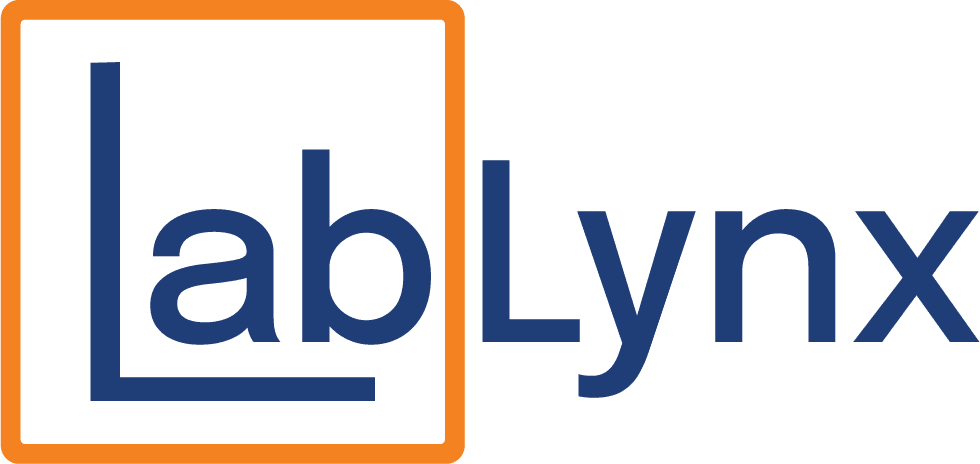Revolutionizing Biomedical Engineering with LabLynx LIMS Solutions
In the interdisciplinary field of biomedical engineering, where the integration of engineering principles with biological sciences aims to advance healthcare and medical technologies, the importance of precise data management and analytical processes cannot be overstated. LabLynx, a leader in laboratory information management systems (LIMS), is playing a pivotal role in transforming biomedical engineering research and development through its sophisticated LIMS solutions. This comprehensive exploration highlights the critical role of LIMS in biomedical engineering and how LabLynx is setting new benchmarks in the field.
The Crucial Role of LIMS in Biomedical Engineering
Biomedical engineering encompasses a wide range of activities, from developing innovative medical devices and artificial organs to enhancing drug delivery systems and creating more effective diagnostic tools. Given the complexity and the critical nature of this work, managing data accurately and efficiently becomes paramount. This is where LIMS solutions by LabLynx come into play, offering an integrated platform for managing complex datasets, ensuring compliance with regulatory standards, and facilitating collaboration across interdisciplinary teams.
Enhancing Biomedical Engineering with LabLynx LIMS
LabLynx recognizes the unique challenges faced by biomedical engineers and offers tailored LIMS features to meet these needs:
- Streamlined Data Management: LabLynx’s LIMS provides a centralized platform for managing all types of data generated in biomedical engineering labs, from experimental results to device prototypes and patient data. This centralized approach ensures data integrity and facilitates easy access and retrieval of information, enhancing the research and development process.
- Regulatory Compliance and Quality Control: The development of medical devices and pharmaceuticals is subject to strict regulatory oversight. LabLynx’s LIMS includes features designed to ensure compliance with regulations such as FDA 21 CFR Part 11, HIPAA, and GLP. Automated audit trails, electronic signatures, and controlled access are just a few of the functionalities that help maintain high-quality standards and regulatory compliance.
- Collaborative Research Environment: Biomedical engineering often involves collaboration between multidisciplinary teams. LabLynx’s LIMS fosters a collaborative research environment by enabling secure data sharing and communication within the system. This feature is crucial for accelerating innovation and ensuring that all team members are aligned on project goals and progress.
- Customization and Scalability: Understanding that the needs of biomedical engineering laboratories can vary greatly, LabLynx offers highly customizable and scalable LIMS solutions. Whether it’s for a small research team focusing on a niche area of biomedical engineering or a large organization developing a range of medical devices, LabLynx’s LIMS can be tailored to fit the laboratory’s specific requirements.
LabLynx: Pioneering LIMS Solutions for Biomedical Engineering
LabLynx’s commitment to innovation and its deep understanding of the biomedical engineering field make its LIMS solutions uniquely capable of addressing the challenges and complexities of this discipline. By providing a robust, flexible, and user-friendly LIMS, LabLynx is empowering biomedical engineers to push the boundaries of medical science, improve healthcare outcomes, and bring new medical technologies to market faster and more efficiently.
The integration of LIMS in biomedical engineering is redefining the landscape of medical research and development, setting new standards for data management, regulatory compliance, and interdisciplinary collaboration. As a leader in this integration, LabLynx is driving the future of biomedical engineering, providing the tools and technologies necessary for breakthrough discoveries and innovations in healthcare. With LabLynx’s LIMS, the biomedical engineering community is better equipped to meet the challenges of an increasingly complex and regulated environment, paving the way for advancements that will shape the future of medicine.




